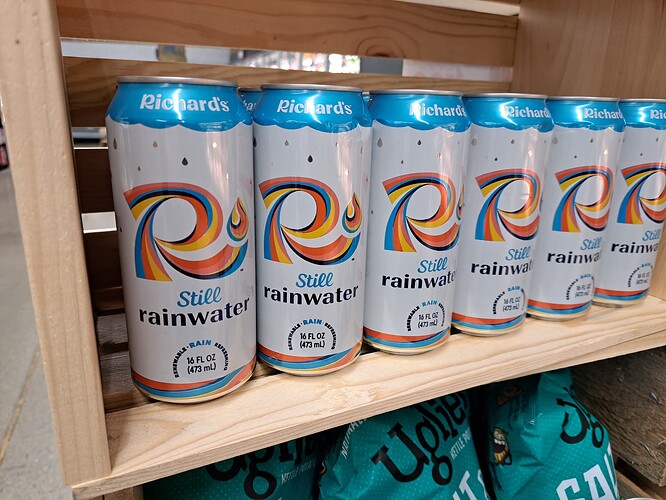Originally published at: https://peakprosperity.com/wednesday-april-9-1pm-et/
The Signal Hour with Chris Martenson. The election proved that X (Twitter) is the signal, however with free speech comes the challenge of doing the work to find out what is true and what is noise. Chris does the work for you in this weekly live stream talking about topics that are critical to our future.
Executive Summary
What a week it’s been, and there’s so much to unpack. We’re diving into the financial and economic crises that have been on everyone’s minds. It’s clear that the world is undergoing massive changes, and not all of them are going to be awesome for everyone. We’ve had a spendthrift economy in the U.S., borrowing money we didn’t have to spend on things we didn’t need, and now we’re facing the consequences. The S&P 500 is down 19% from its recent peaks, which some are calling a crisis, but it’s more of a normal correction. The real issue is the Federal Reserve’s role in creating these bubbles, benefiting the boomers while leaving younger generations in the lurch.
The Role of the Federal Reserve
The Federal Reserve has been a serial bubble-blowing organization, ensuring asset prices like stocks go up at the expense of everyone else. They’ve been there for capital over labor, supporting those who earn money without working. This has led to a massive wealth gap, which is a fatal ailment for republics. The Fed’s actions have perpetuated this gap, and now we’re seeing the consequences in the bond markets. It’s a form of generational warfare, with the Fed supporting the freeloaders over the producers.
Liquidity and Solvency Crises
We’re currently in a liquidity crisis, where cash flow is drying up, leading to potential solvency issues. This path could lead to a systemic crisis if not addressed. Small businesses are particularly vulnerable, facing increased tariffs and liquidity challenges. The tariffs are creating a liquidity crisis for importers, who are struggling to cover the increased costs. This situation is exacerbated by banks tightening their lending practices, making it harder for businesses to access the capital they need.
Impact of Oil Prices
Oil prices dropping below $60 a barrel might seem like a good thing, but it’s actually destructive for the American oil industry. We don’t have cheap oil anymore, and these prices are leading to layoffs and a bust in the industry. The balance between producers and consumers is off, with speculators driving prices below what producers need. This isn’t something to cheer about; it’s a sign of deeper issues in the market.
Conclusion
The financial landscape is fraught with challenges, from the Federal Reserve’s policies to the impact of tariffs and oil prices. It’s crucial to understand these dynamics and prepare for potential crises. The key takeaway is to be aware of the broader economic forces at play and how they might affect your financial well-being. Stay informed and consider working with financial advisors who understand these complexities and can help navigate these turbulent times.





